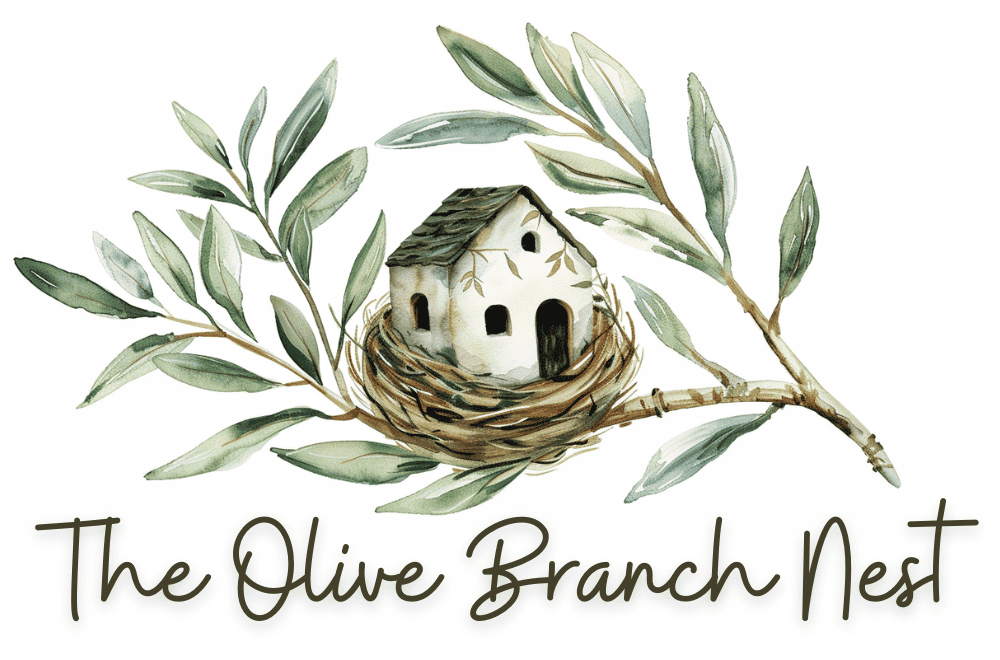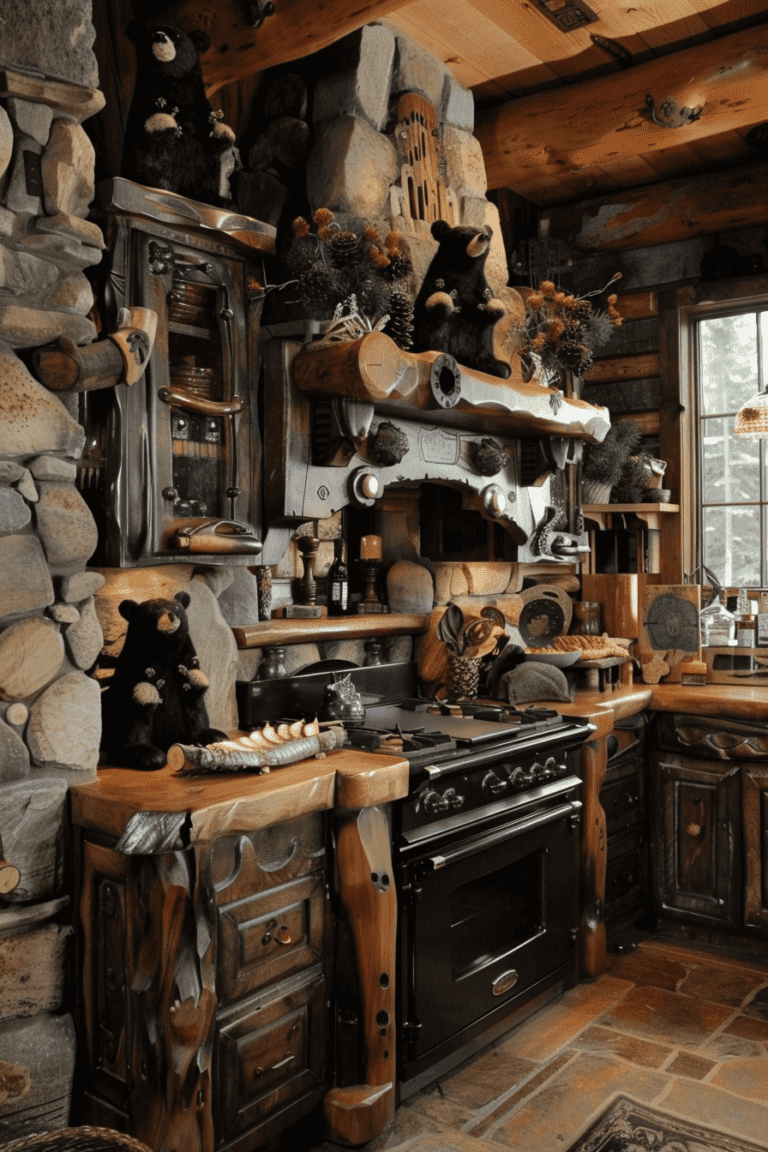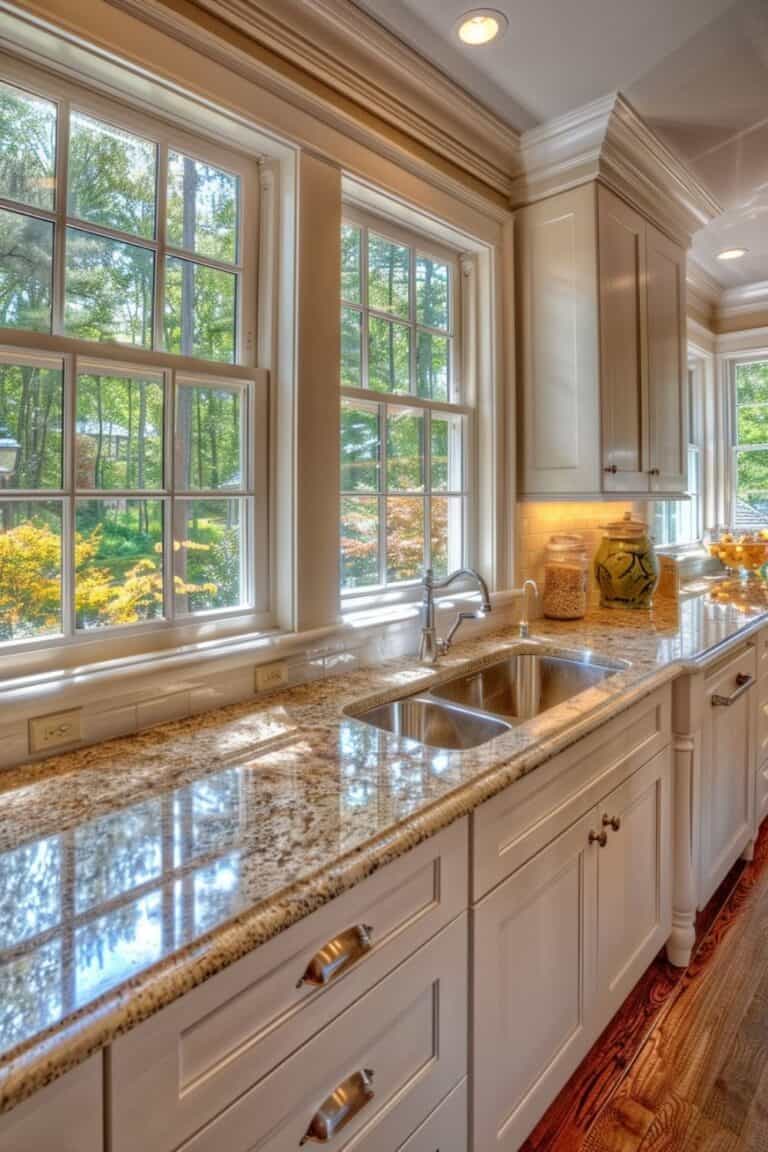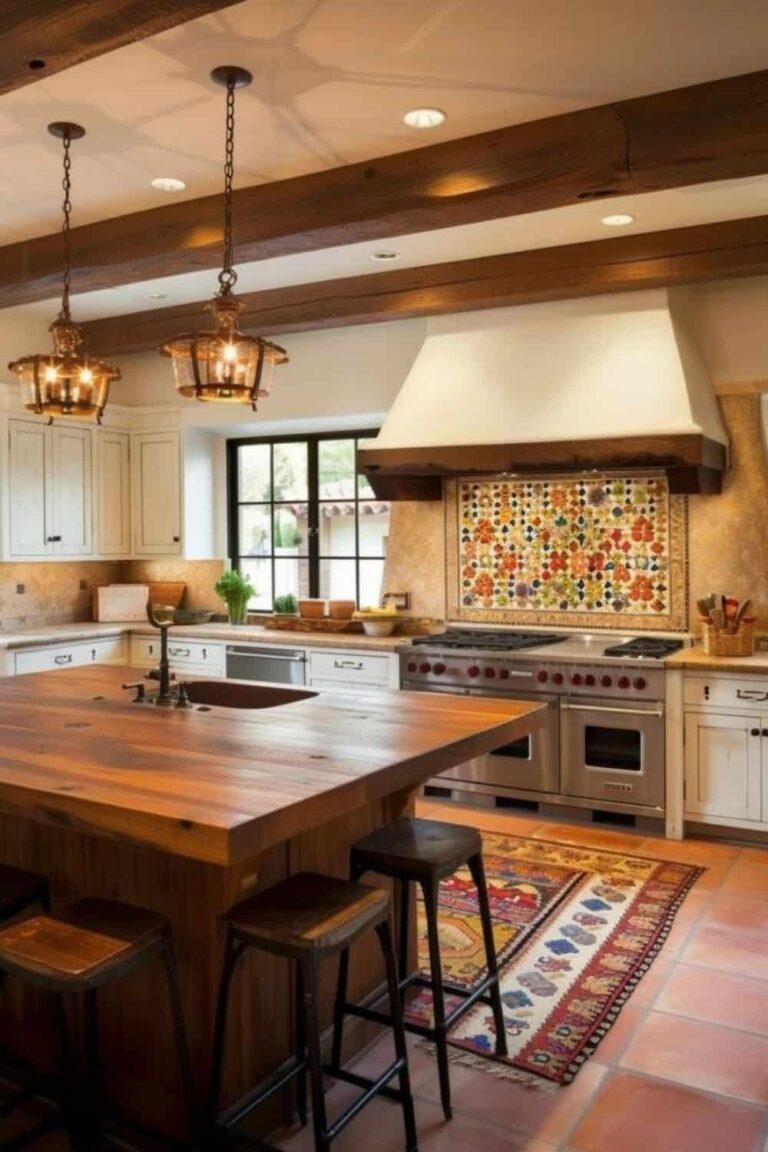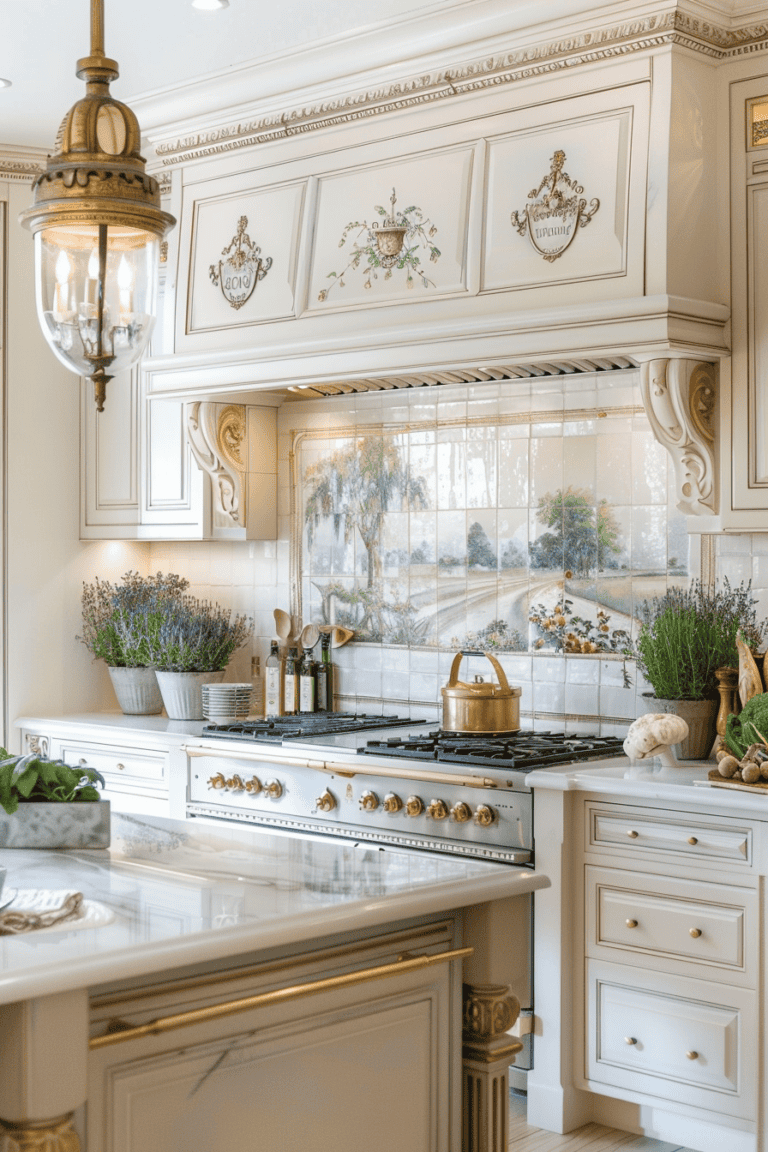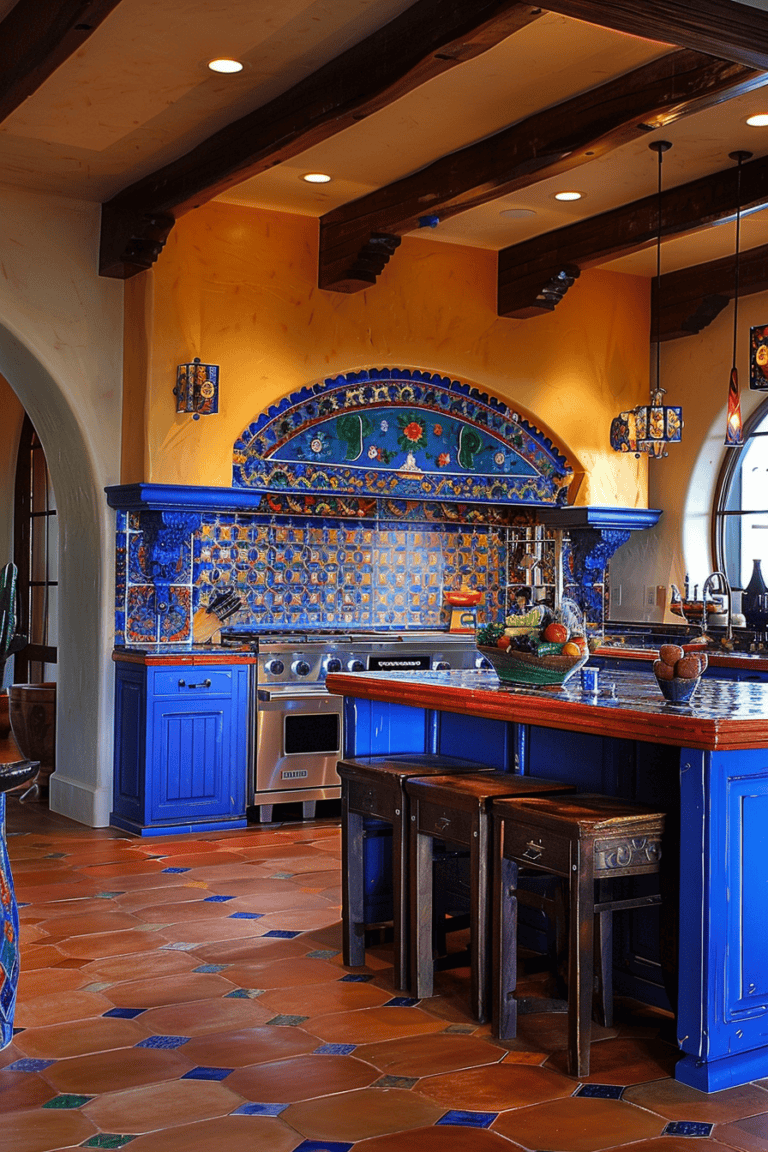25 Western Styled Kitchen Designs: A Timeless Frontier Right At Home
This post may contain affiliate links. Please see my disclosure policy for details.
In the constantly evolving landscape of interior design, Western styled kitchens have captured our hearts with their charm and practicality.
Whether you live in the heart of the American West, the bustling streets of New York City, or the quiet suburbs of a European city, the enduring aesthetic of a Western kitchen resonates with a sense of warmth and tradition.
This blog post will not only explore the visual elements and design techniques that define this style but also provide tips for integrating Western charm into your own kitchen, regardless of your space or budget.

The Allure of Western-Styled Kitchens
Western styled kitchens are a testament to good design that marries the traditional with the contemporary. They speak of hardy stock, where every element – from the handsomely distressed wood on the walls to the robust furniture occupying the space – seems to suggest resilience and sustainability. Functionality echoes throughout these spaces, resonating with a practicality that befits modern living.
The heart of the home, the Western kitchen has been, is, and will always be a place for gathering and sustenance. A philosophy of design that reflects the soul of the culinary arts — with ample storage, durable surfaces, and easy functionality — it’s easy to see why this style remains a beacon in the world of interior design.

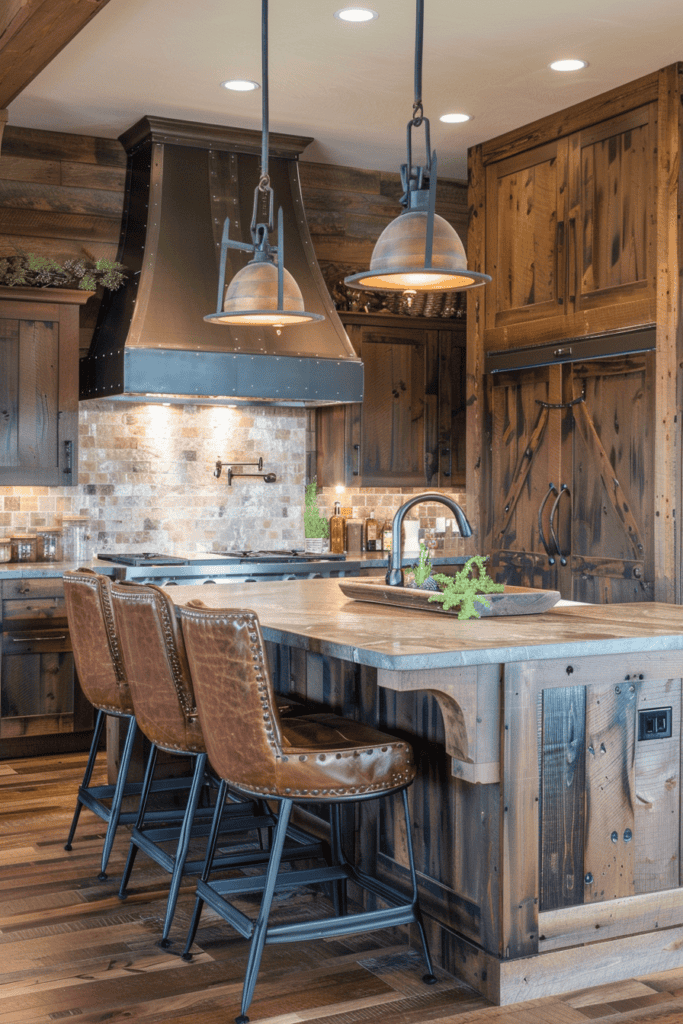
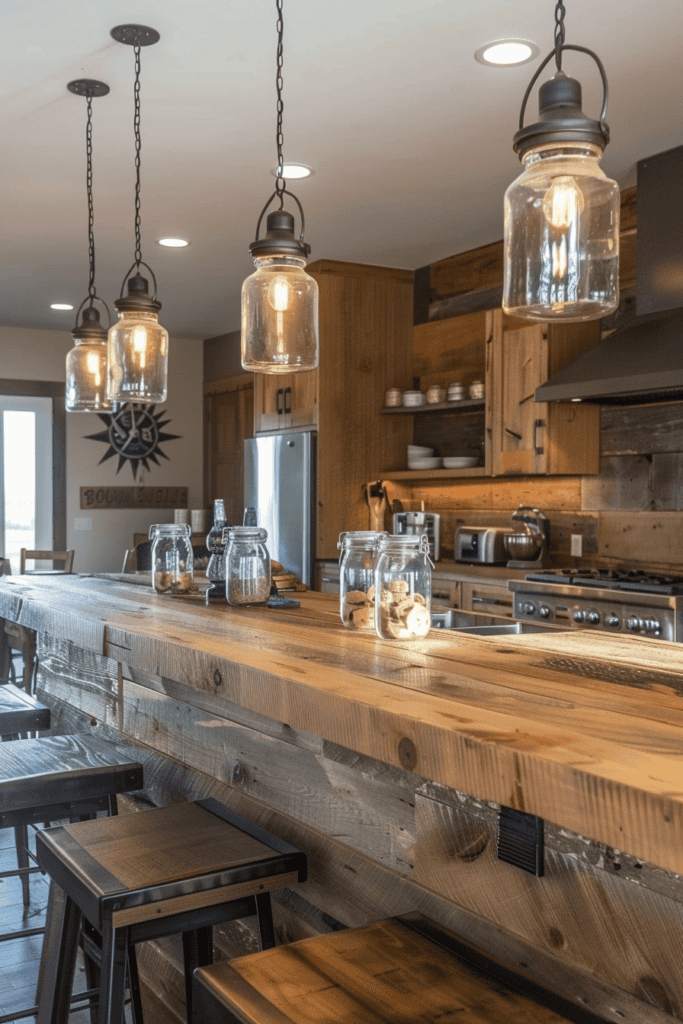
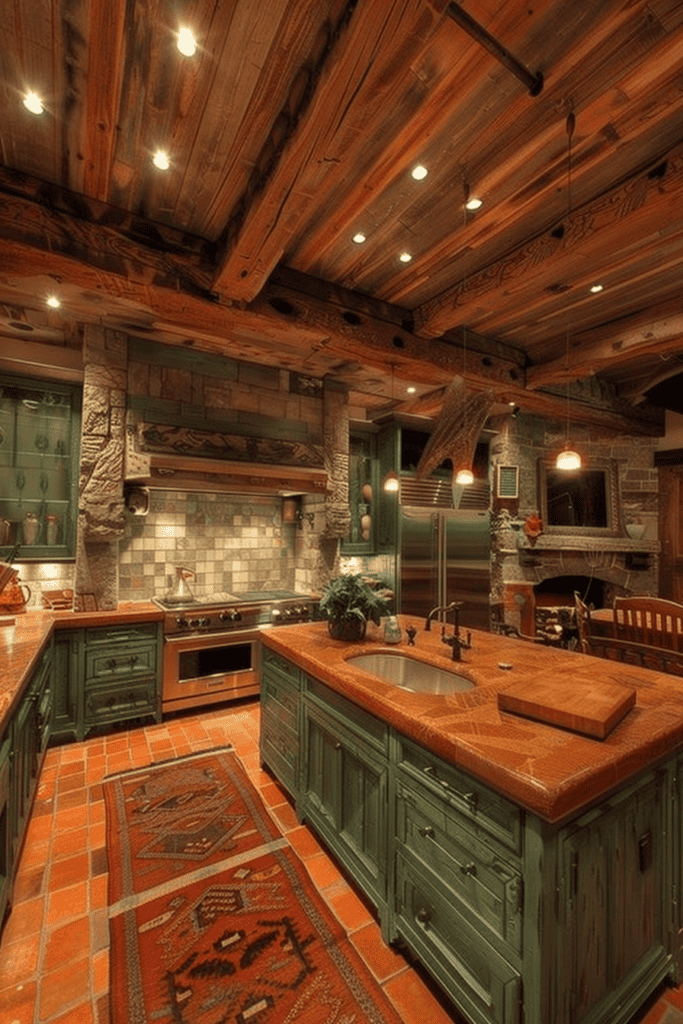
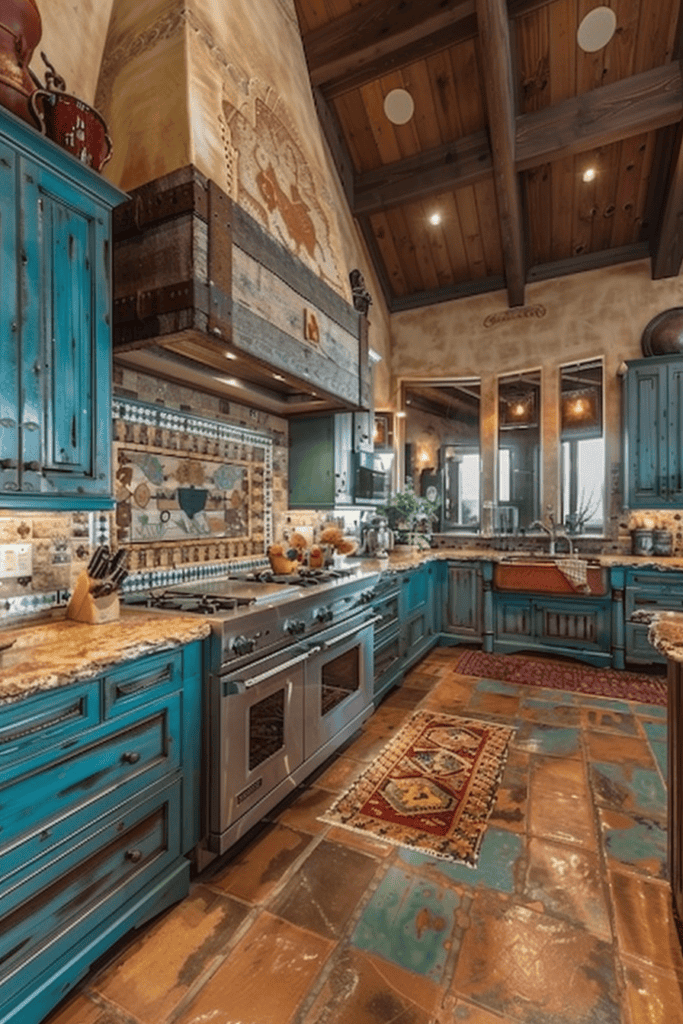
Design Elements and Features
Western kitchen design is rich with elements that contribute to the overall ambiance of the space. Natural materials, such as wood and stone, are intrinsic to this style, and the craftsmanship of these materials is often the focal point.
You’ll find heavy, solid wood cabinetry, large farmhouse sinks, and generously sized workspaces that are as much about form as they are about function.
Lighting plays a crucial role in Western kitchens, with large, open, or wrought-iron fixtures being common. The emphasis is on creating a well-lit space that is both inviting and practical, as befitting a room meant for such a variety of activities.
Another prominent feature of Western kitchens is the use of open shelving or glass-front cabinets, which not only look beautiful but also promote easy access to cookware and ingredients, underscoring the kitchen’s working nature.

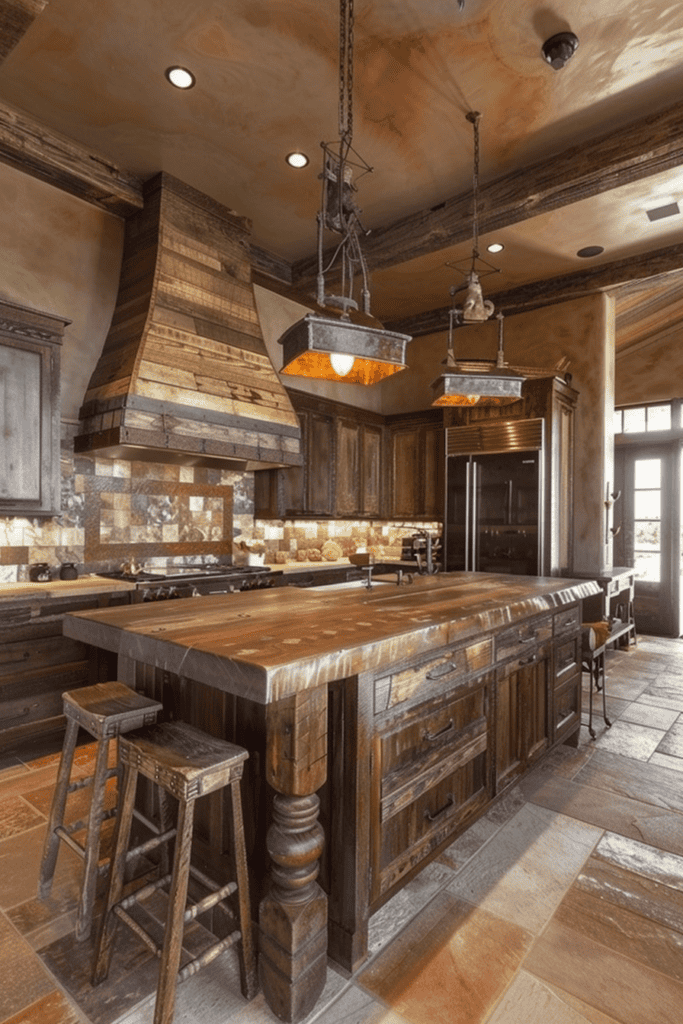
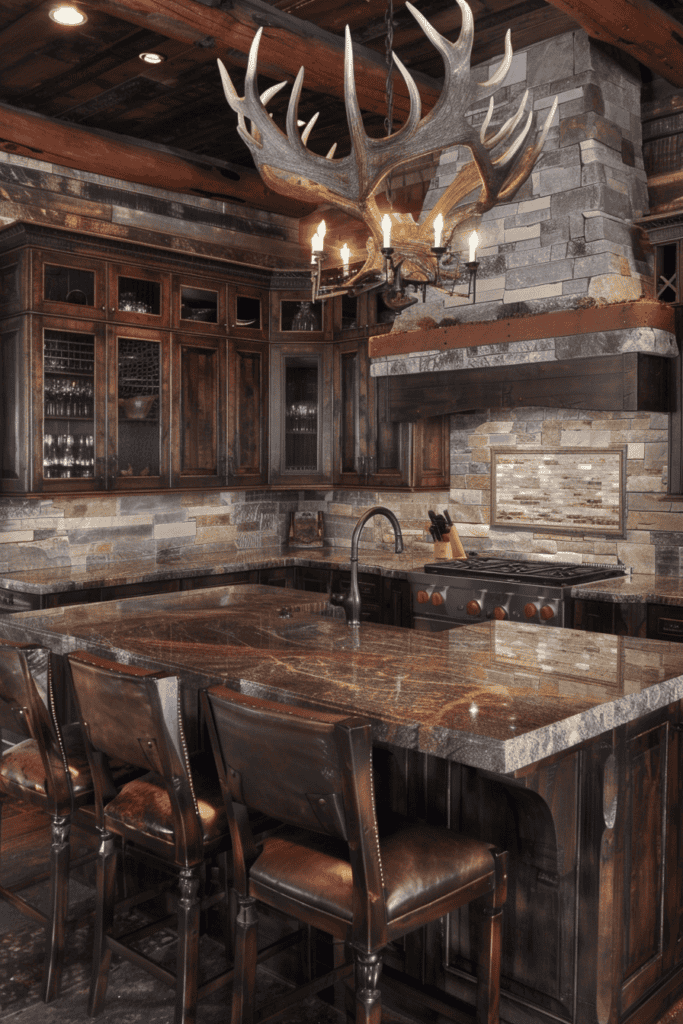


Color Schemes and Textures
The color palette of a Western kitchen is inspired by the natural world. Earthy tones, warm neutrals, and the occasional pop of color that mirrors the landscape are typical. These colors help to create a cozy, inviting atmosphere that feels like a continuation of the outdoors.
Textures in a Western kitchen are varied and add depth to the design. Whether it’s the rough-hewn surface of a wooden beam, the smoothness of marble countertops, or the intricacy of mosaic tile backsplashes, every element is chosen for its tactile as well as its visual appeal.
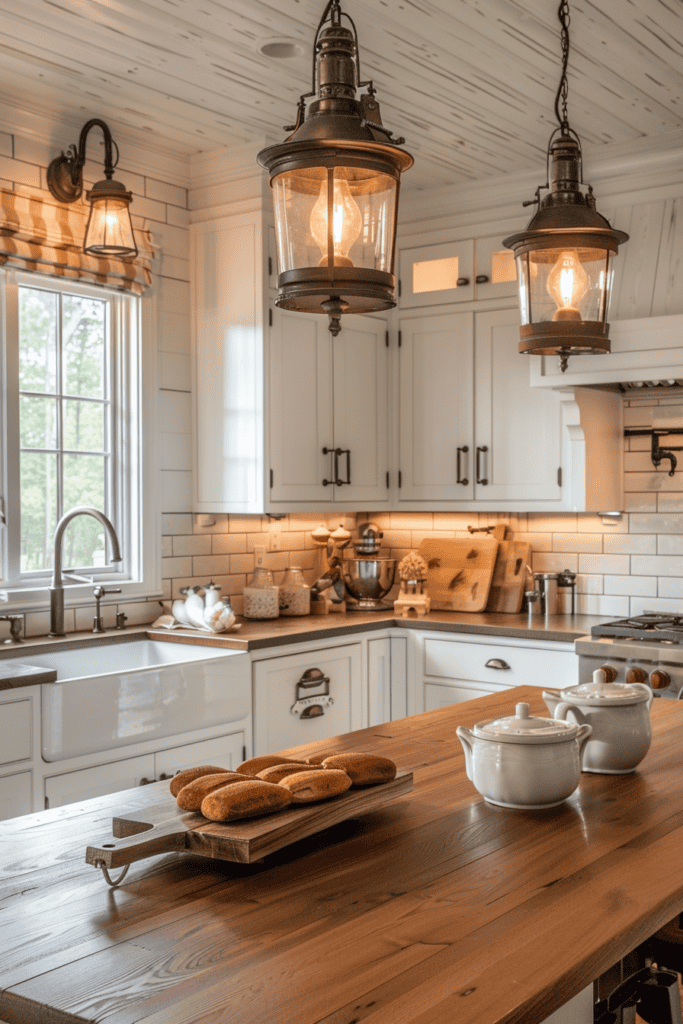
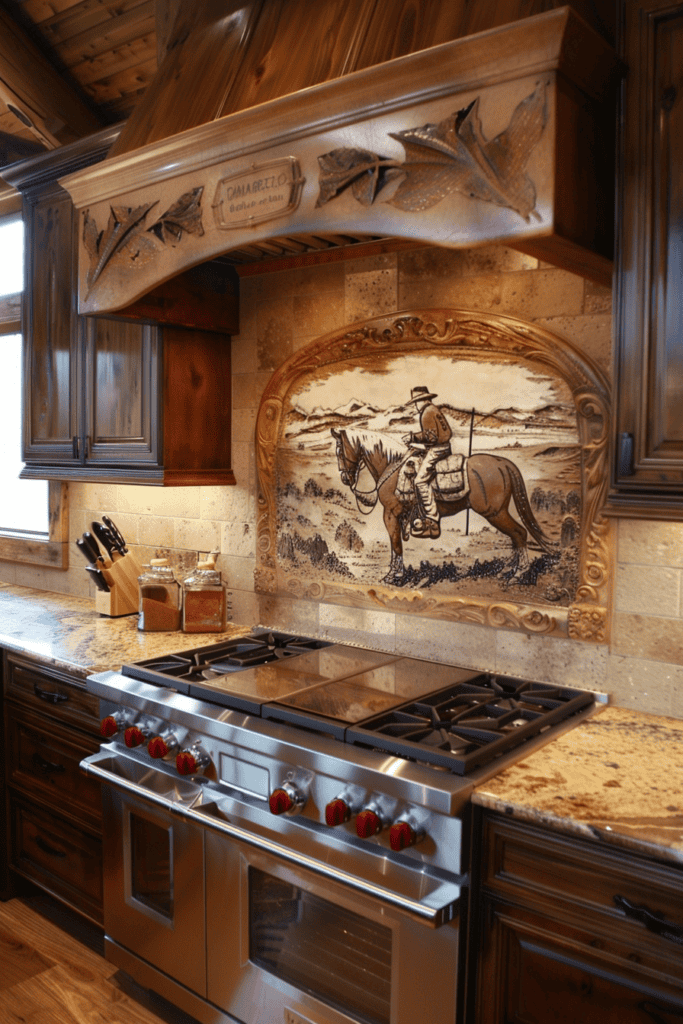
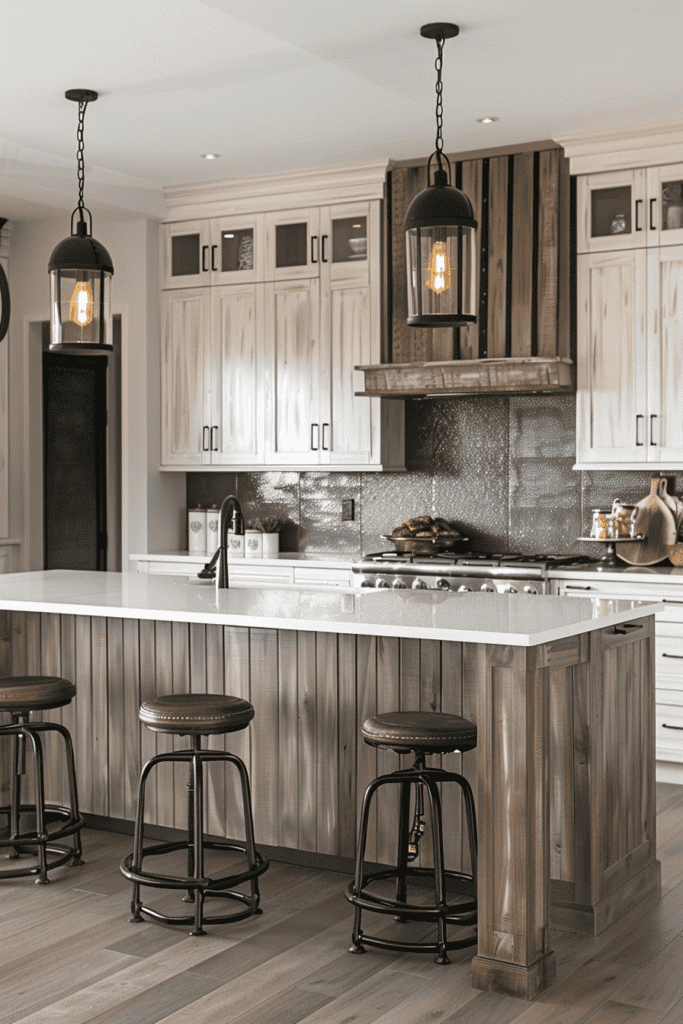
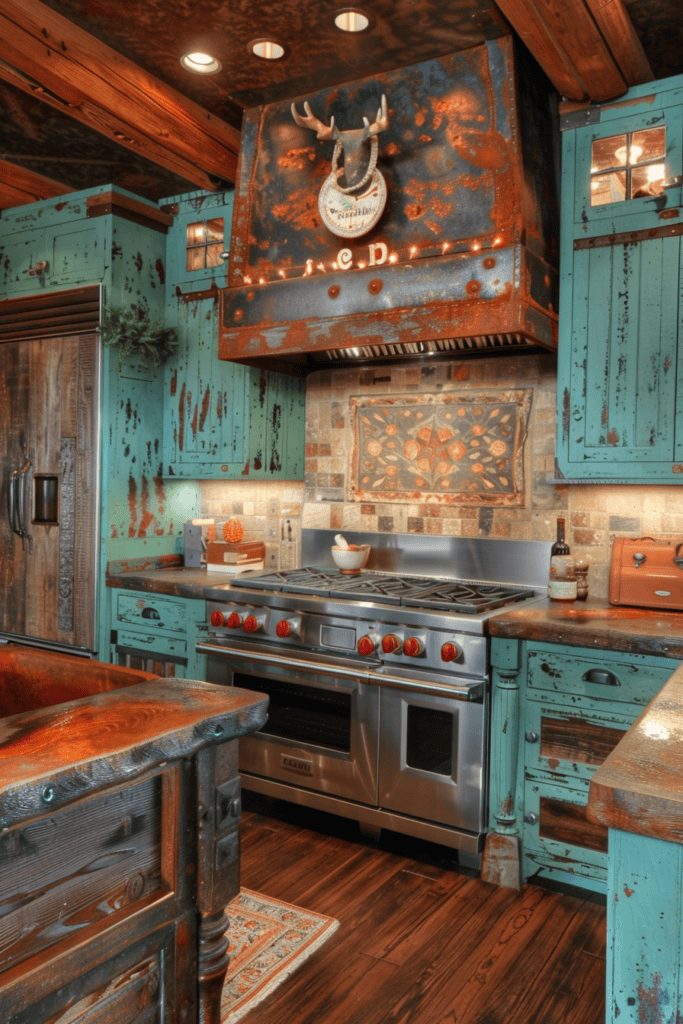
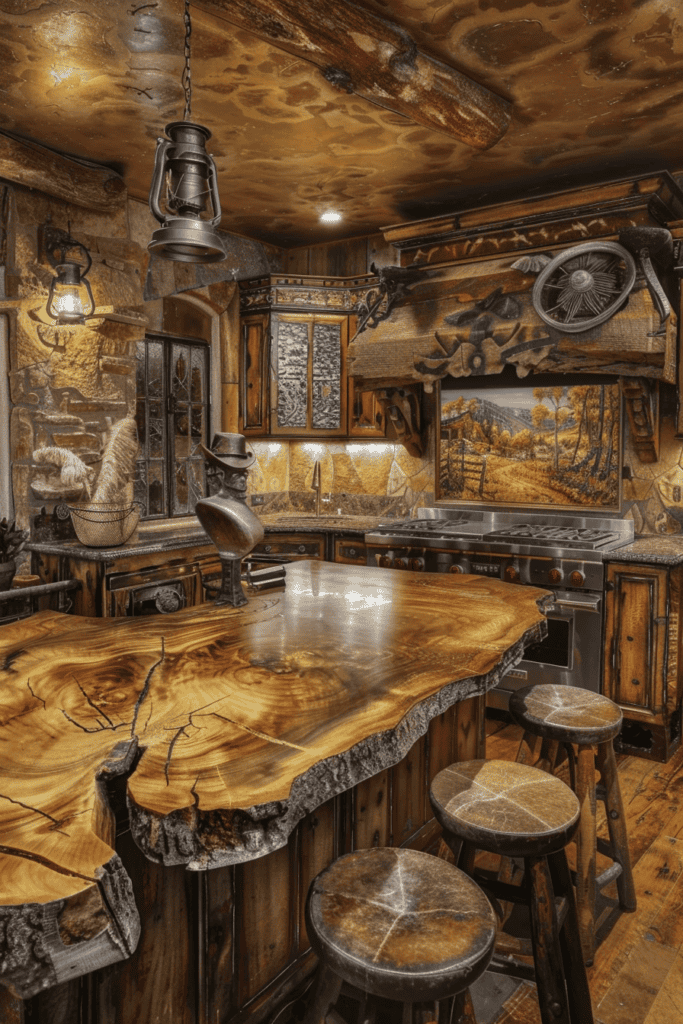
Incorporating Modern Technology
While Western kitchens like farmhouse kitchens are associated with tradition and timeless beauty, this doesn’t mean they can’t also be homes to the latest technologies. It’s possible to integrate modern appliances seamlessly, without detracting from the classic Western design.
Stainless steel appliances, for example, can complement the warm tones of a Western kitchen by providing a sharp contrast. Additionally, advancements in smart home technology can be discreetly implemented to enhance the kitchen’s functionality and energy efficiency.
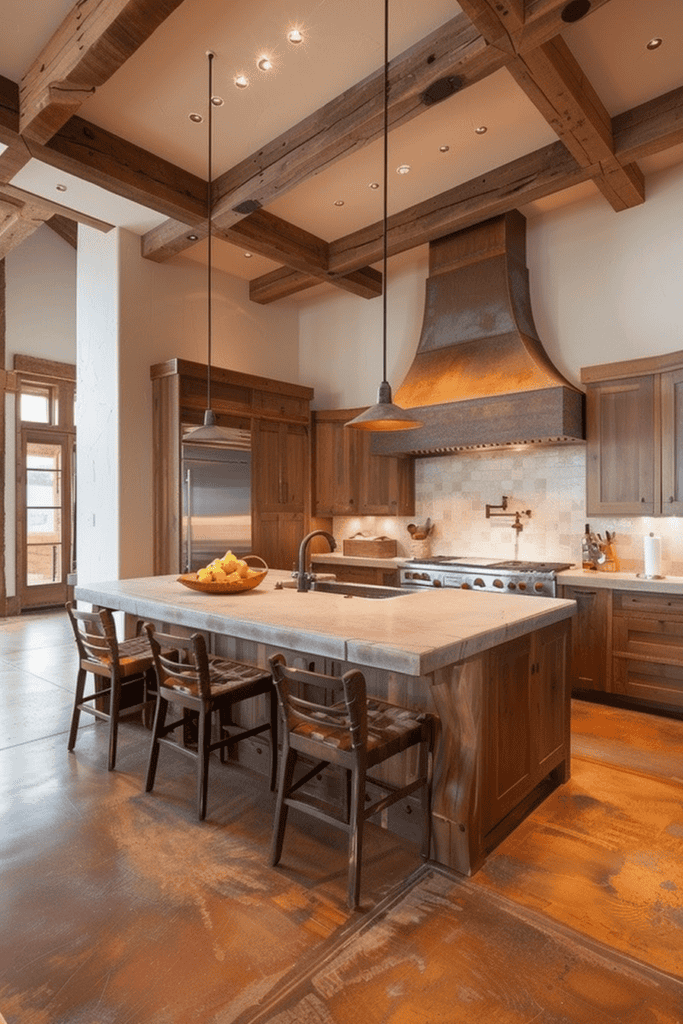
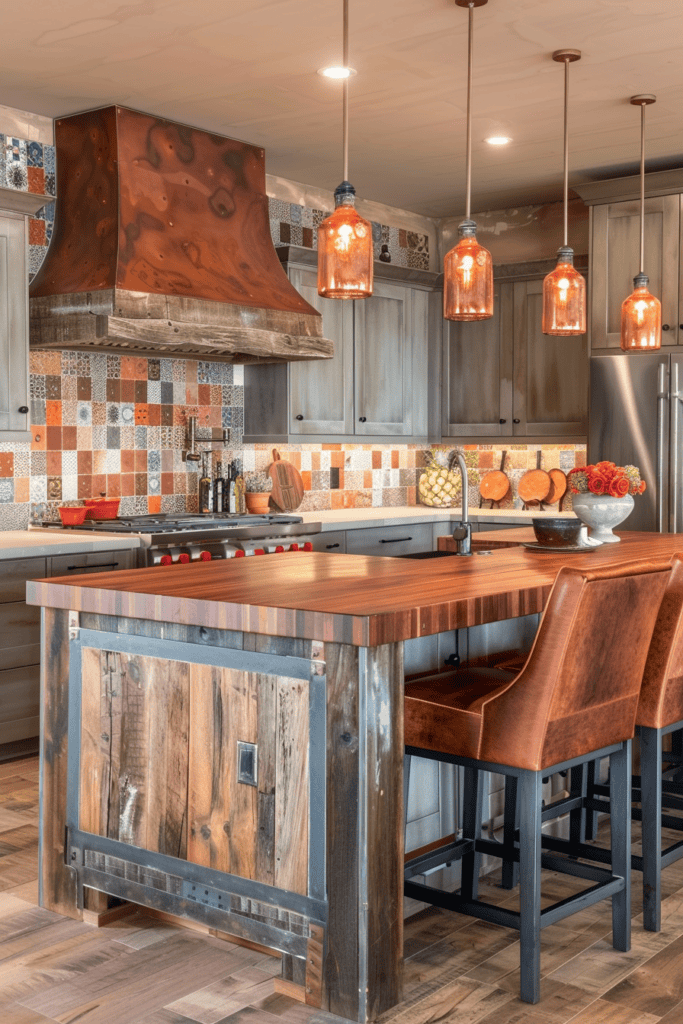

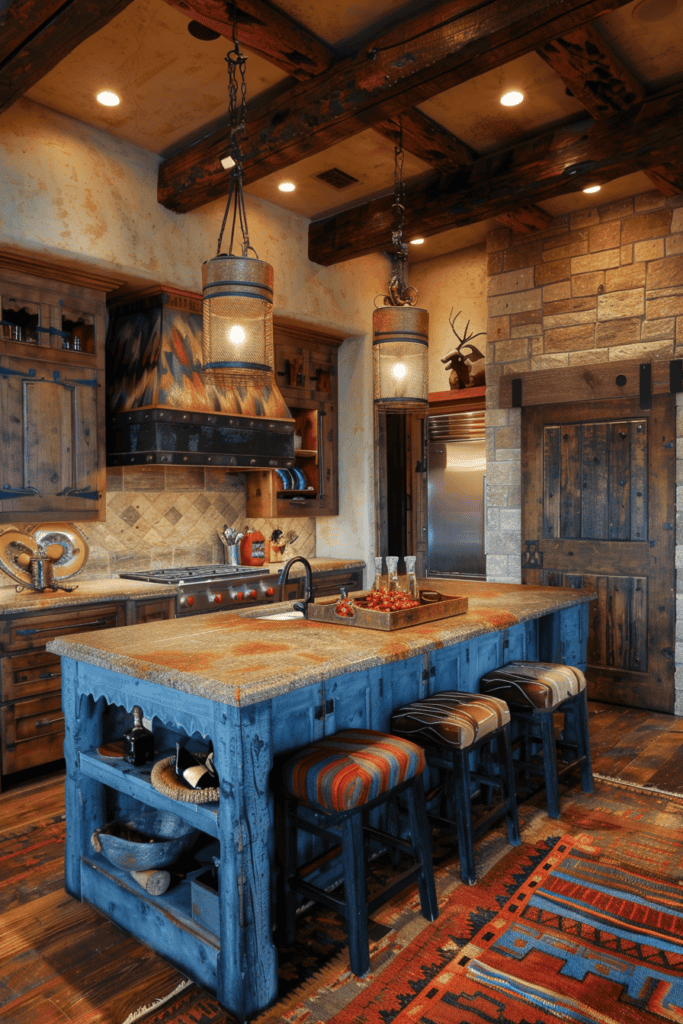

Space Optimization and Functional Layouts
Optimizing space is a key consideration in Western kitchen design. The layout should flow intuitively, offering clear zones for cooking, cleaning, and preparation. In practical terms, this means creating work triangles that minimize the distance between the stove, sink, and refrigerator.
Storage is another important aspect of space optimization. From strategically placed pot hangers to walk-in pantry solutions, keeping the kitchen organized and clutter-free is a hallmark of Western style, and is as much about utility as it is about visual appeal.

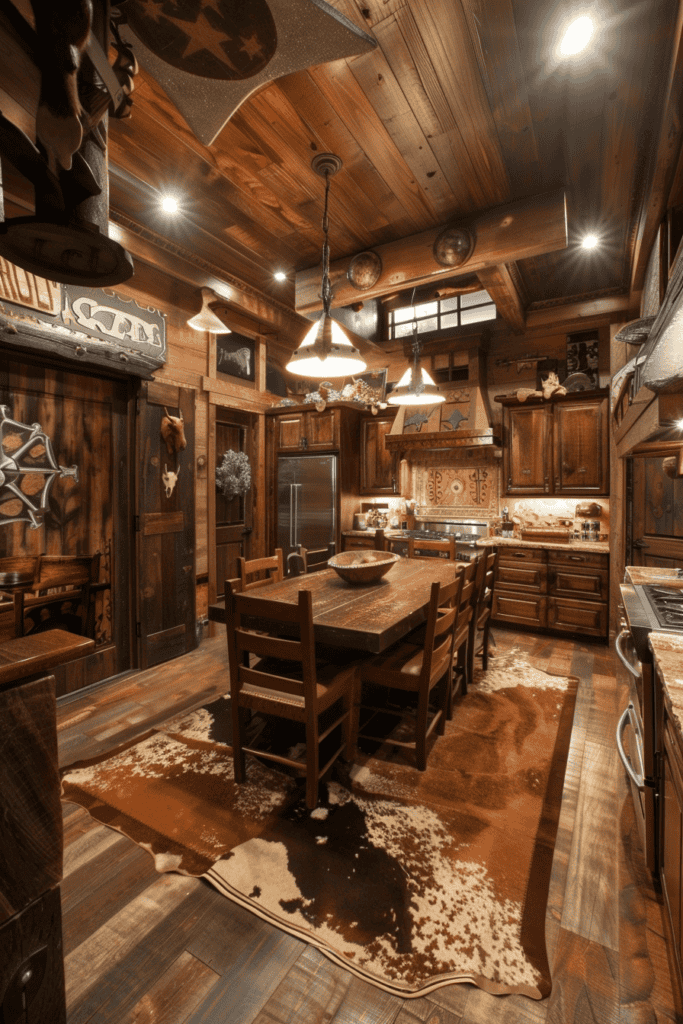

Budget-Friendly Tips for Achieving a Western Styled Kitchen
Creating a Western styled kitchen doesn’t have to break the bank. Consider investing in key elements that will have the most impact, such as quality countertops and durable flooring. Mixing high-end pieces with thrifted finds or DIY projects is another way to achieve an authentic look without overspending.
Sourcing materials locally can also help keep costs down, and integrating space-saving design solutions can make a smaller kitchen feel just as open and functional as its larger counterparts.



Sustainability in Western Kitchen Design
The emphasis on using natural materials in Western kitchens inherently lends itself to sustainable practices. By choosing locally sourced, eco-friendly materials, and energy-efficient appliances, you can create a kitchen that not only looks beautiful but also minimizes its impact on the environment.
Implementing a recycling station, adopting a composting system, and using green cleaning products are additional steps towards sustainability that align well with the values of a Western kitchen.
Wrapping Up On Western Styled Kitchen Designs
Western styled kitchens remain a bastion of timeless design philosophies that echo an era when craftsmanship and sustainability took precedence in the creation of living spaces. The charm and warmth of Western kitchens are factors that transcend time and space, making them a model for a kitchen that is not only beautiful but also truly functional.
By incorporating the principles and techniques outlined in this post, you can transform your kitchen into a space that radiates the enduring appeal of the Western style. Share your own Western kitchen design experiences and insights in the comments below and continu
